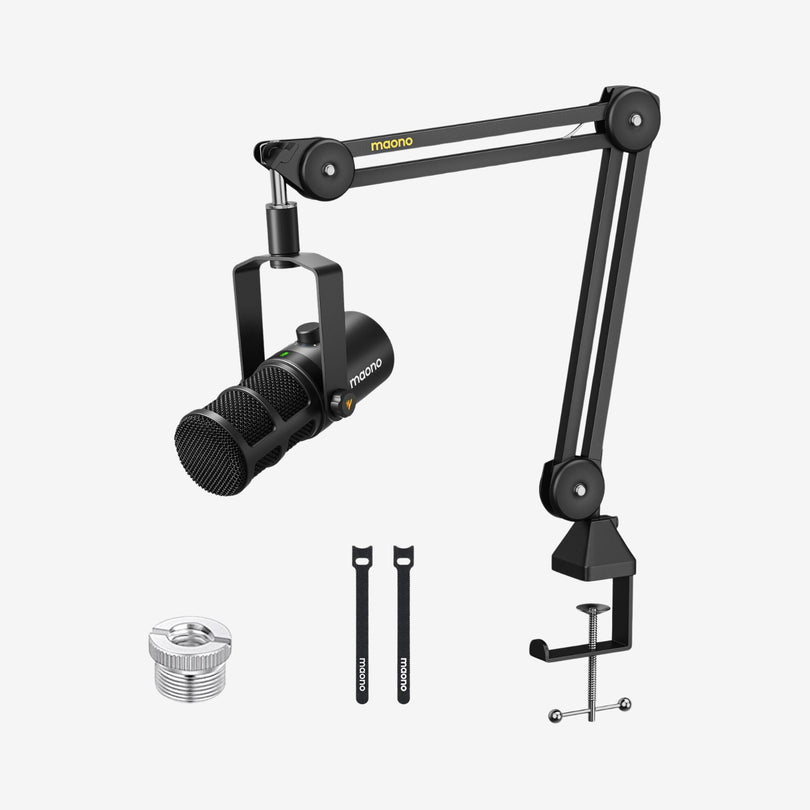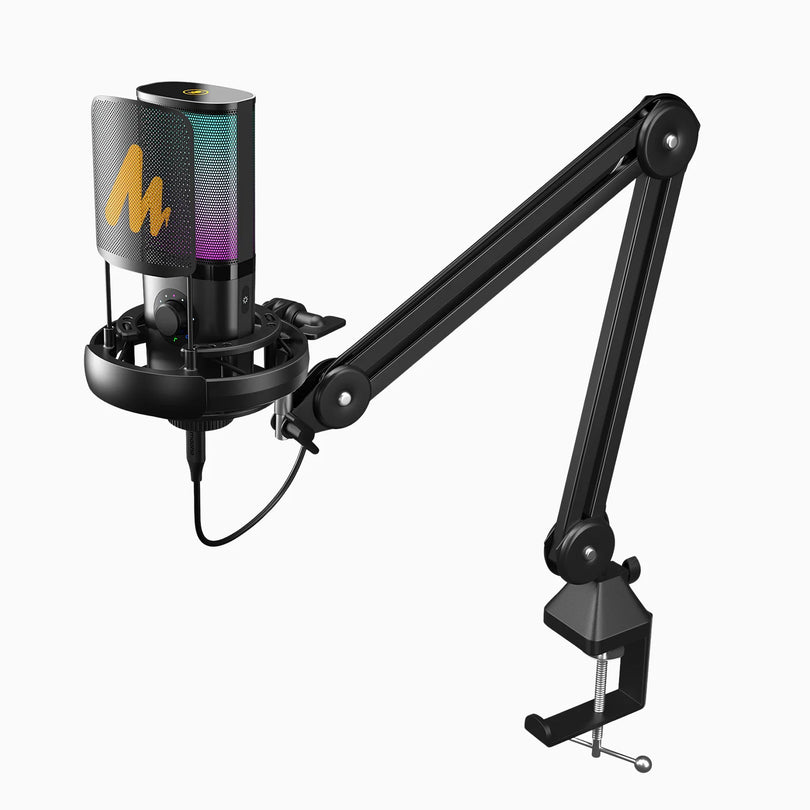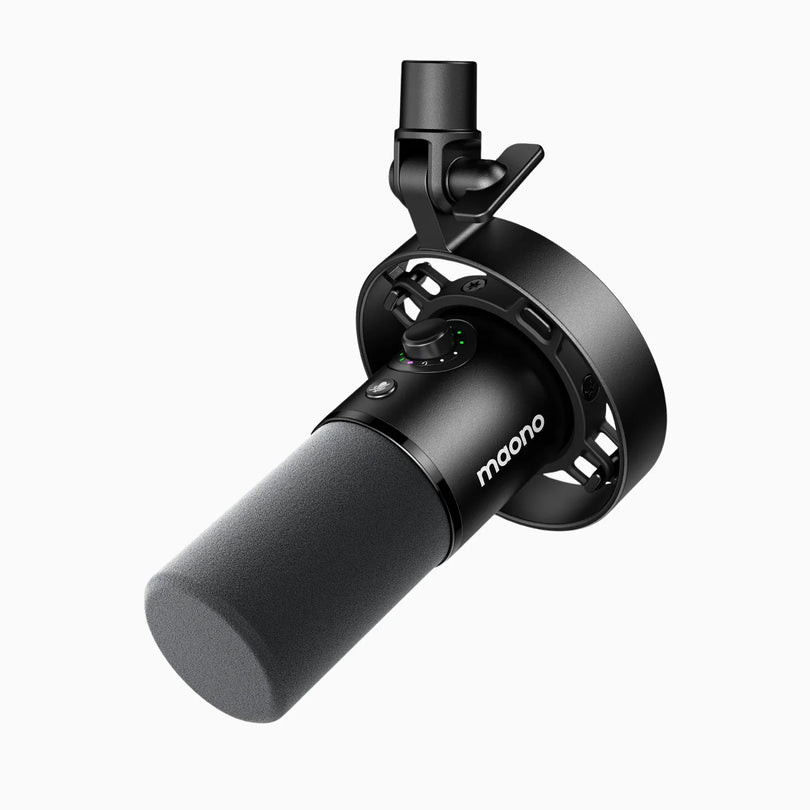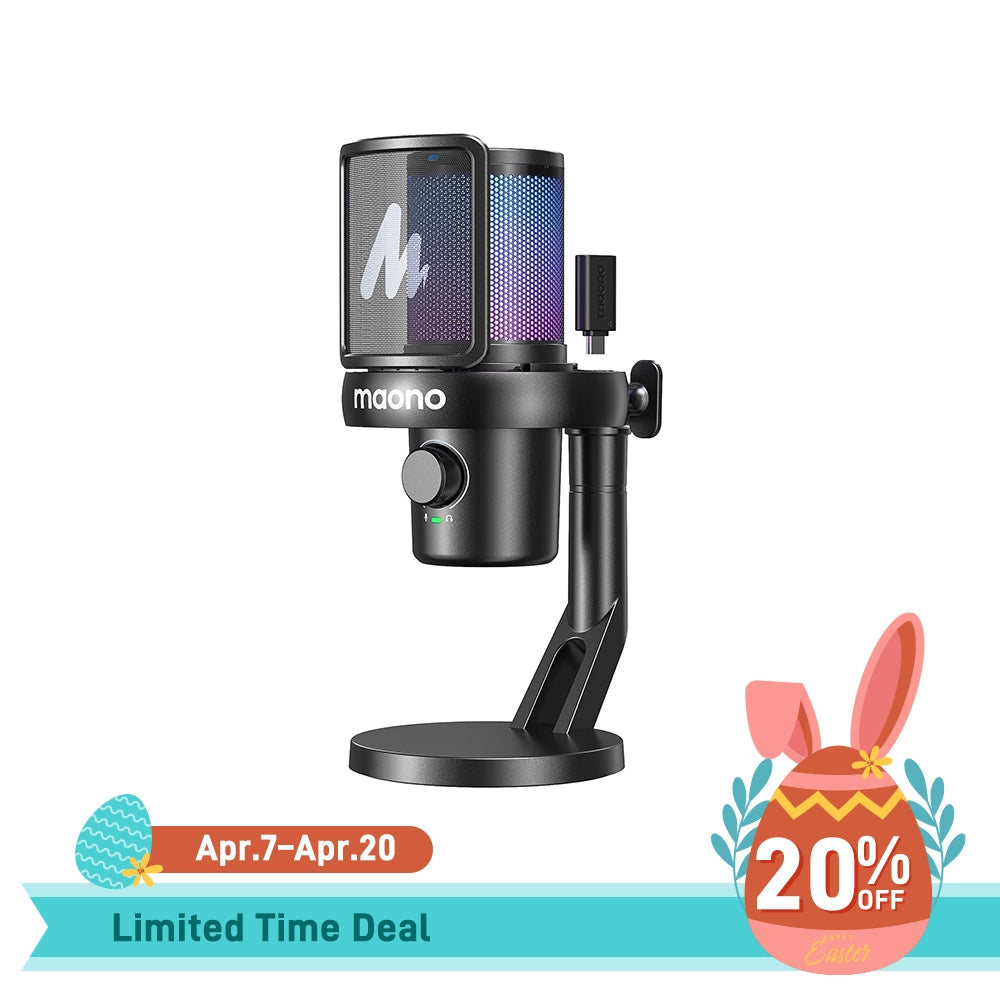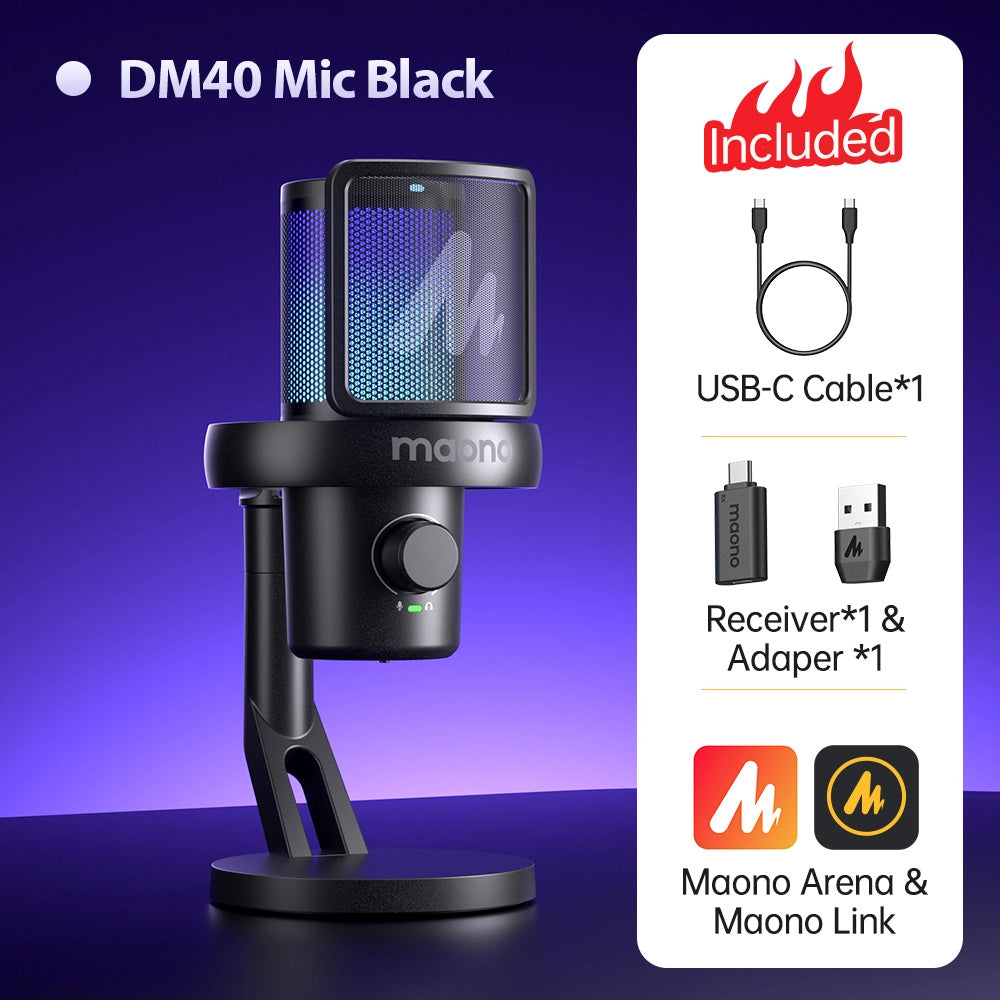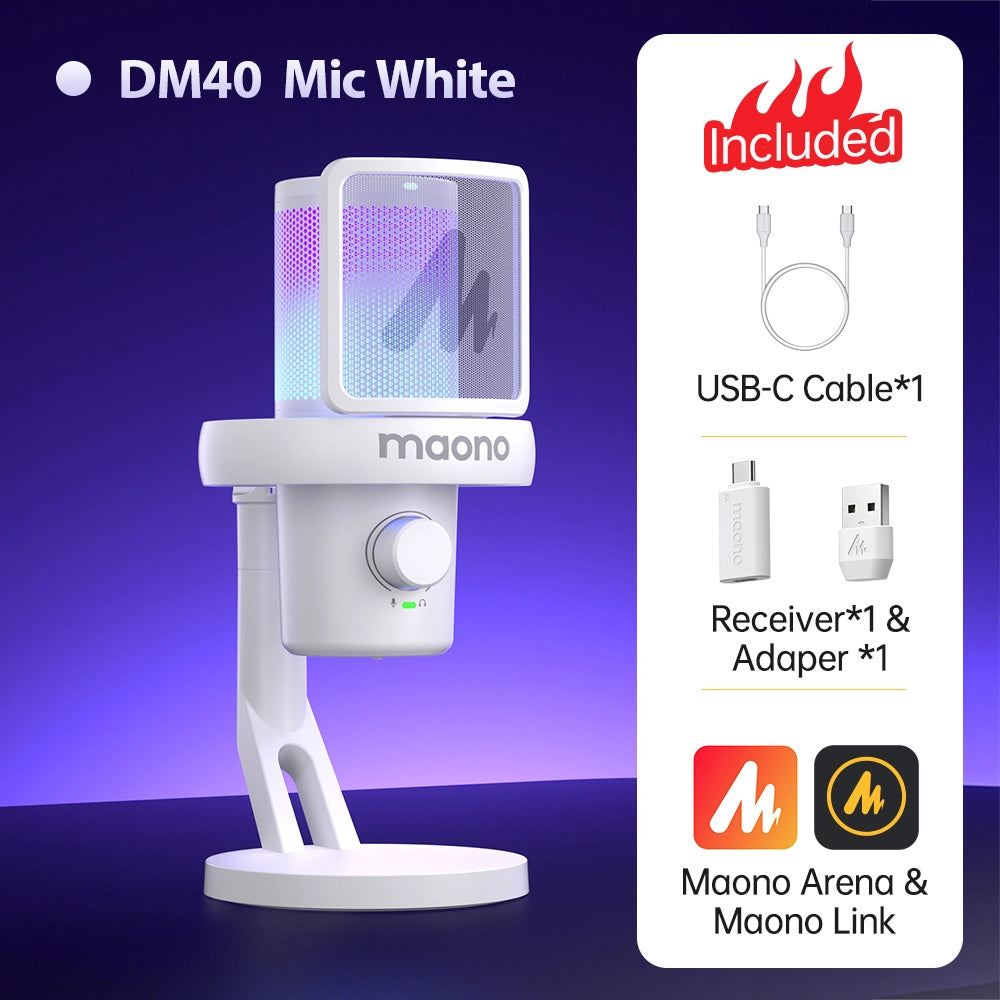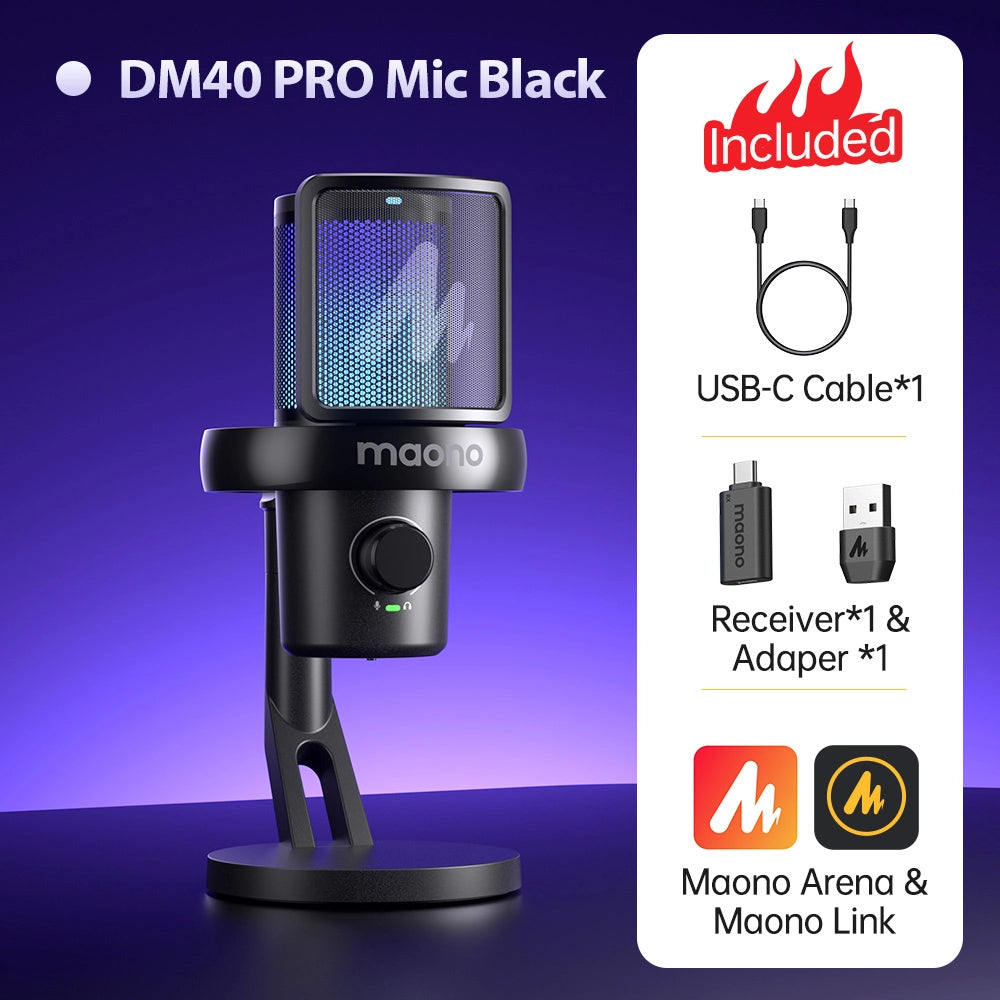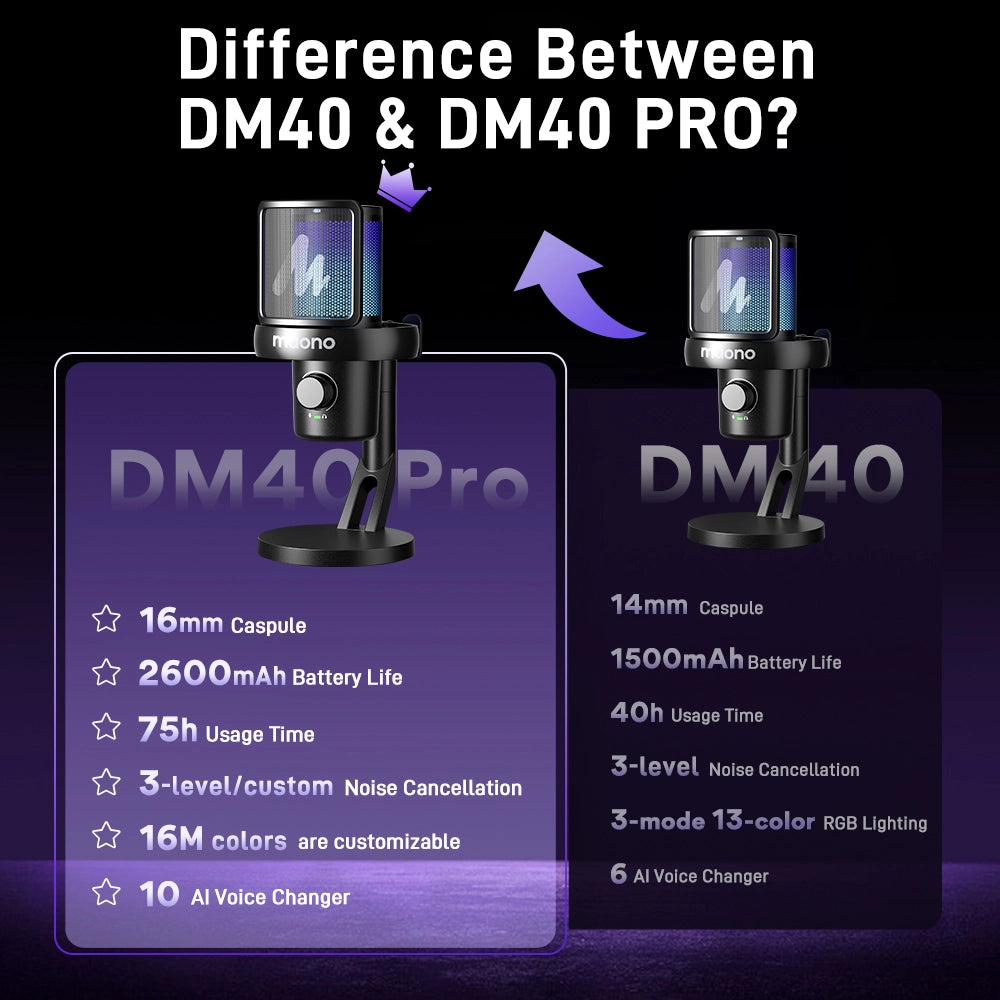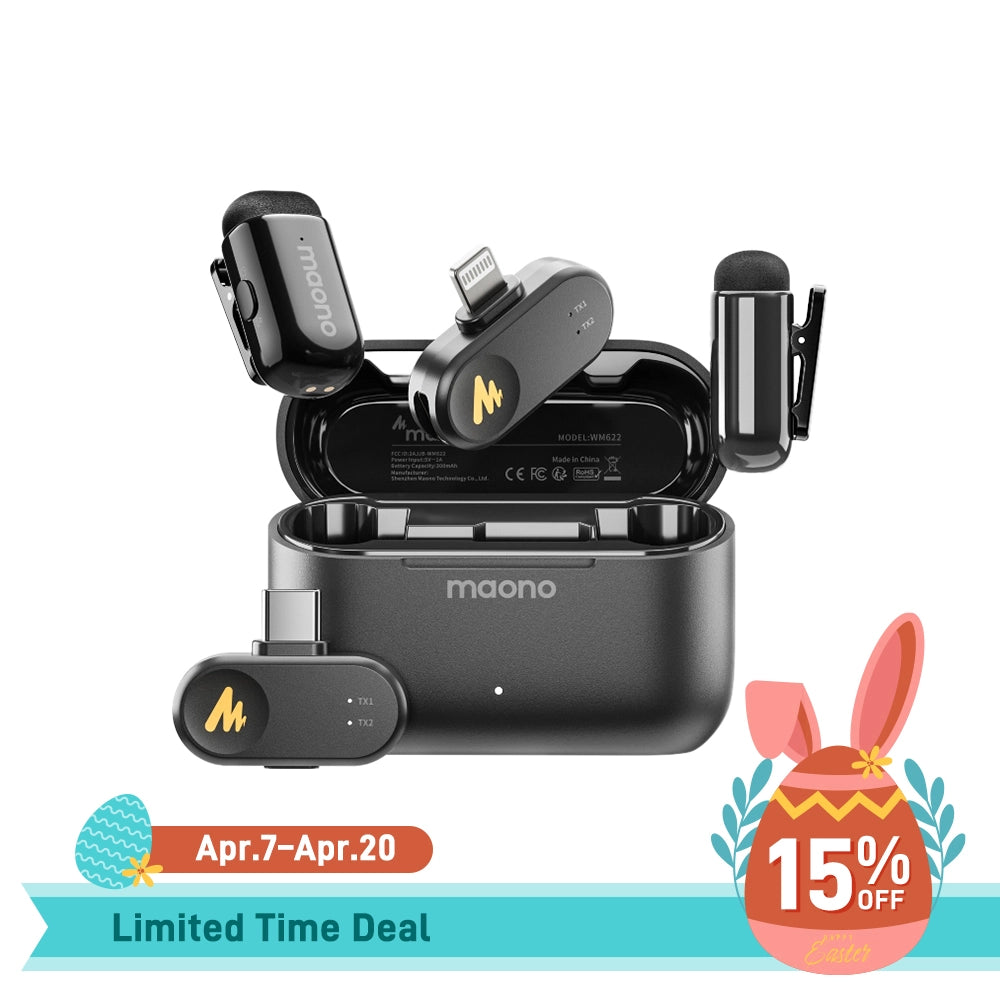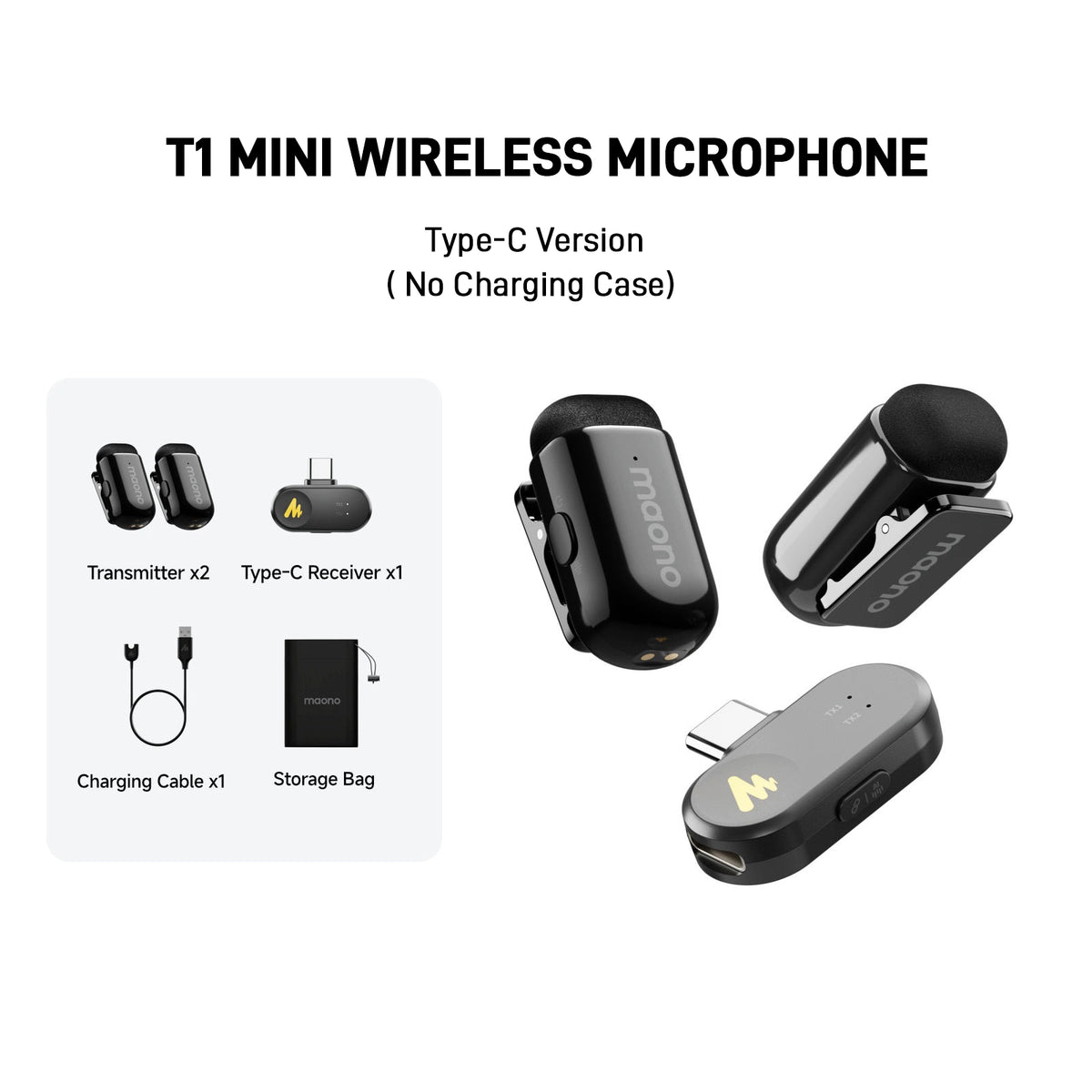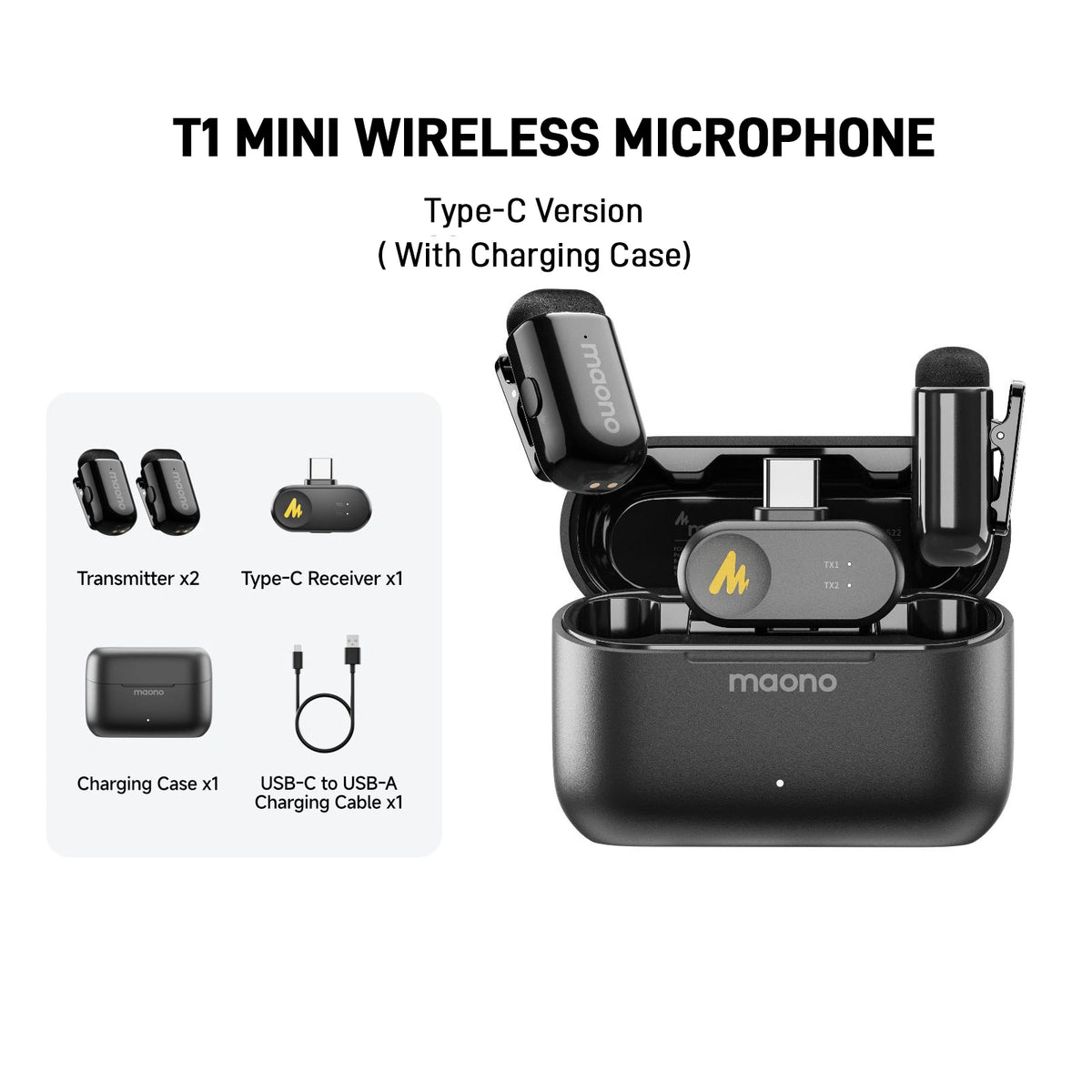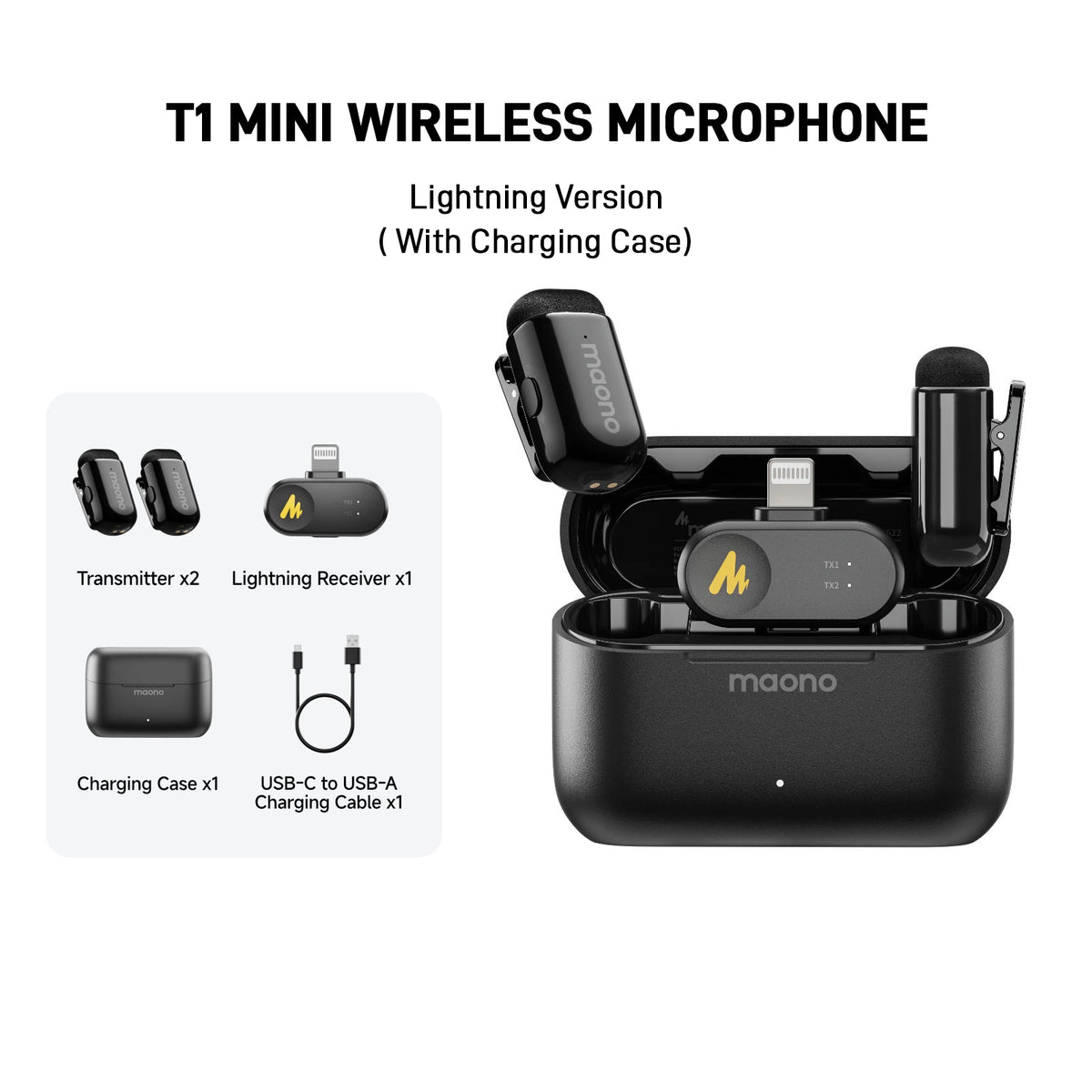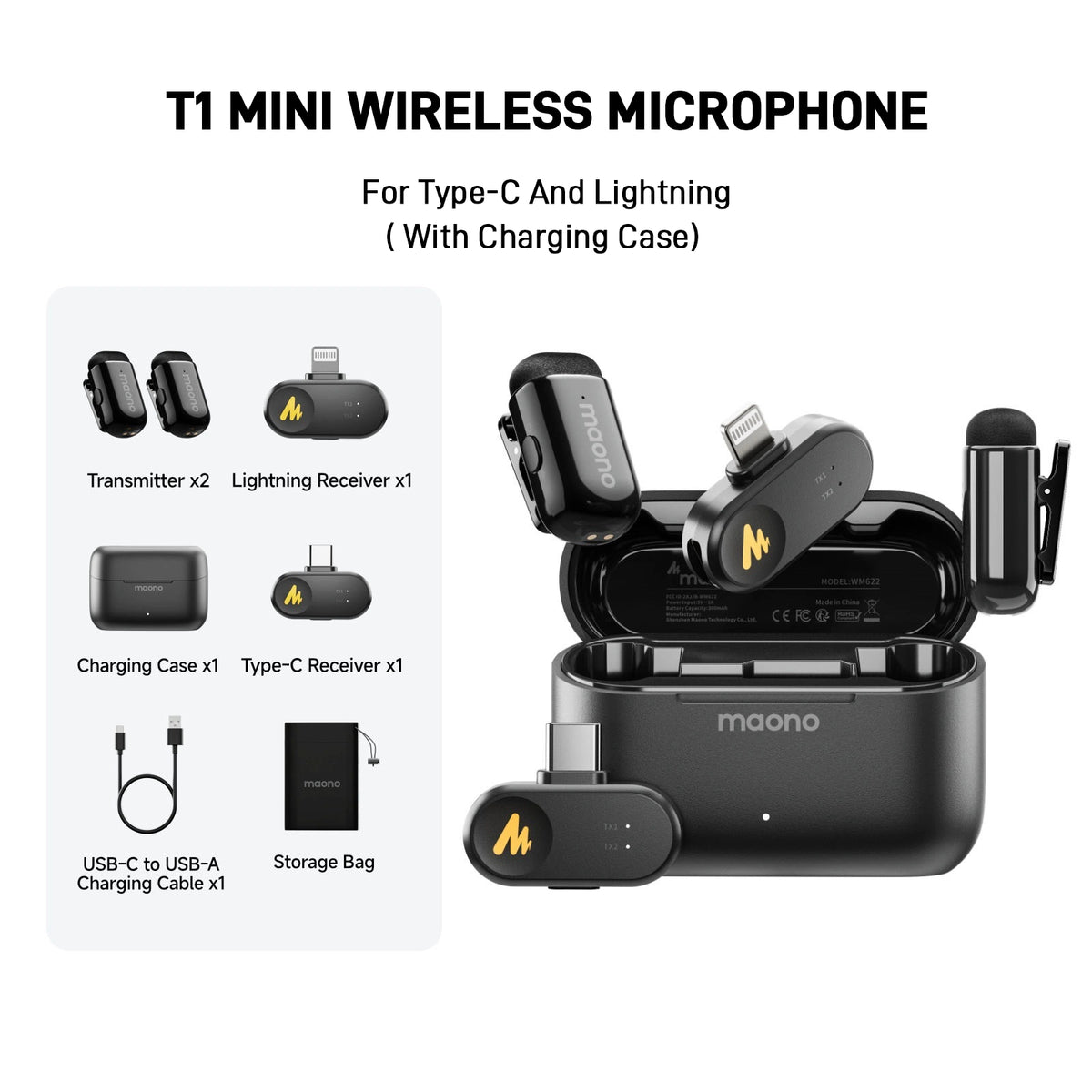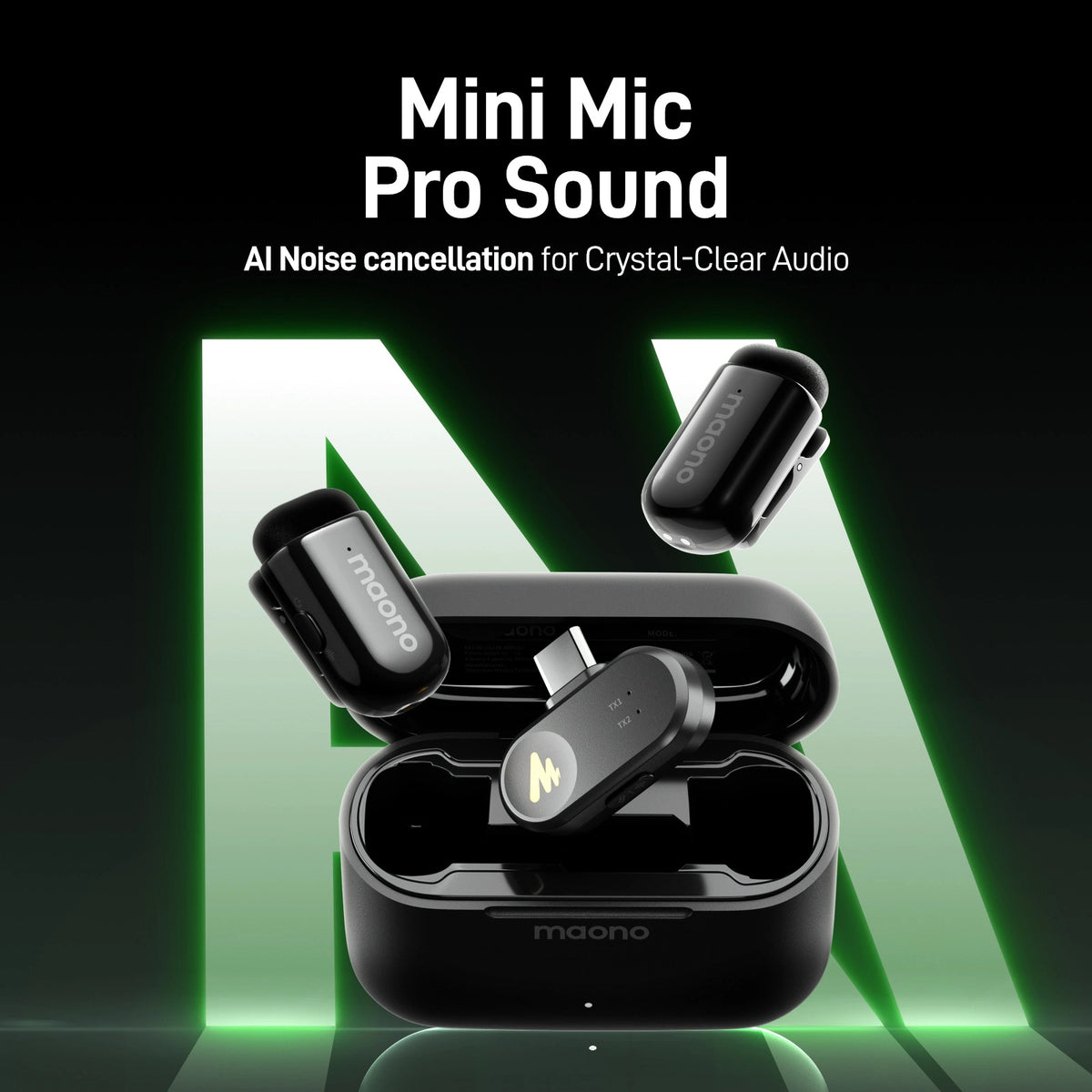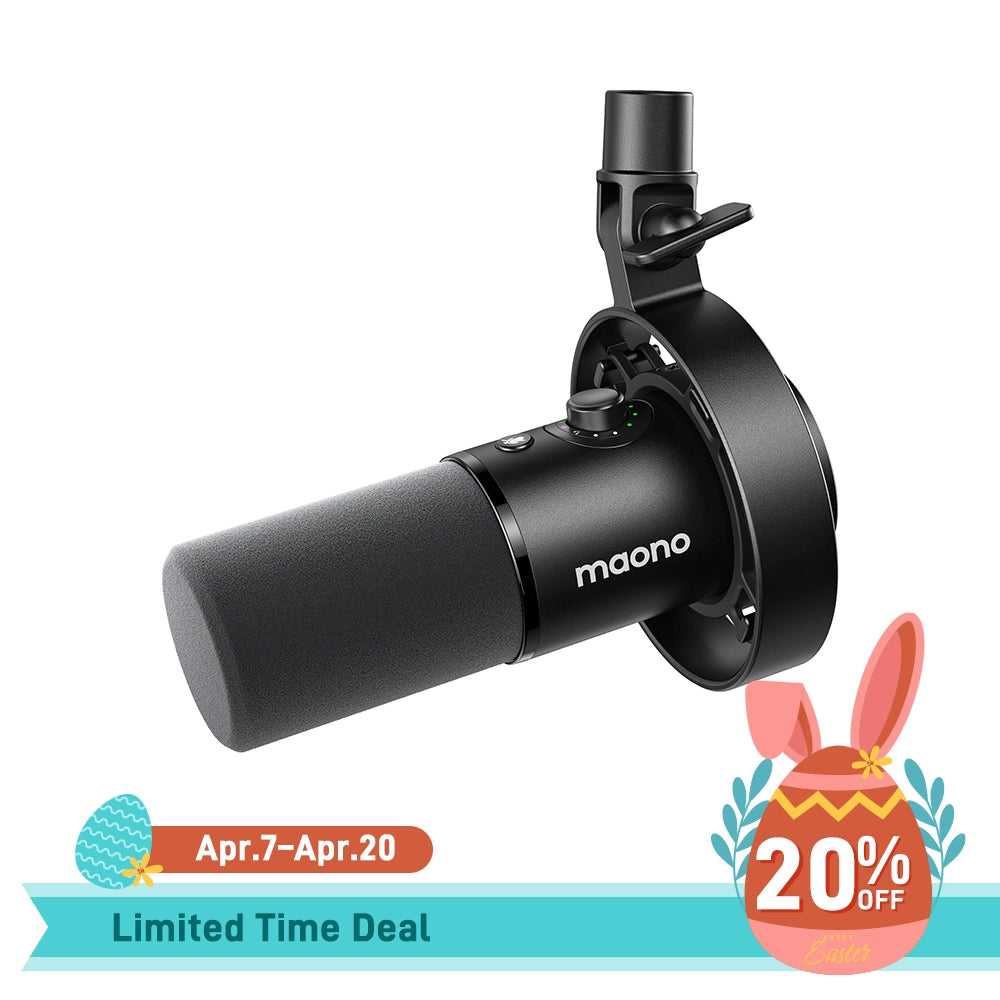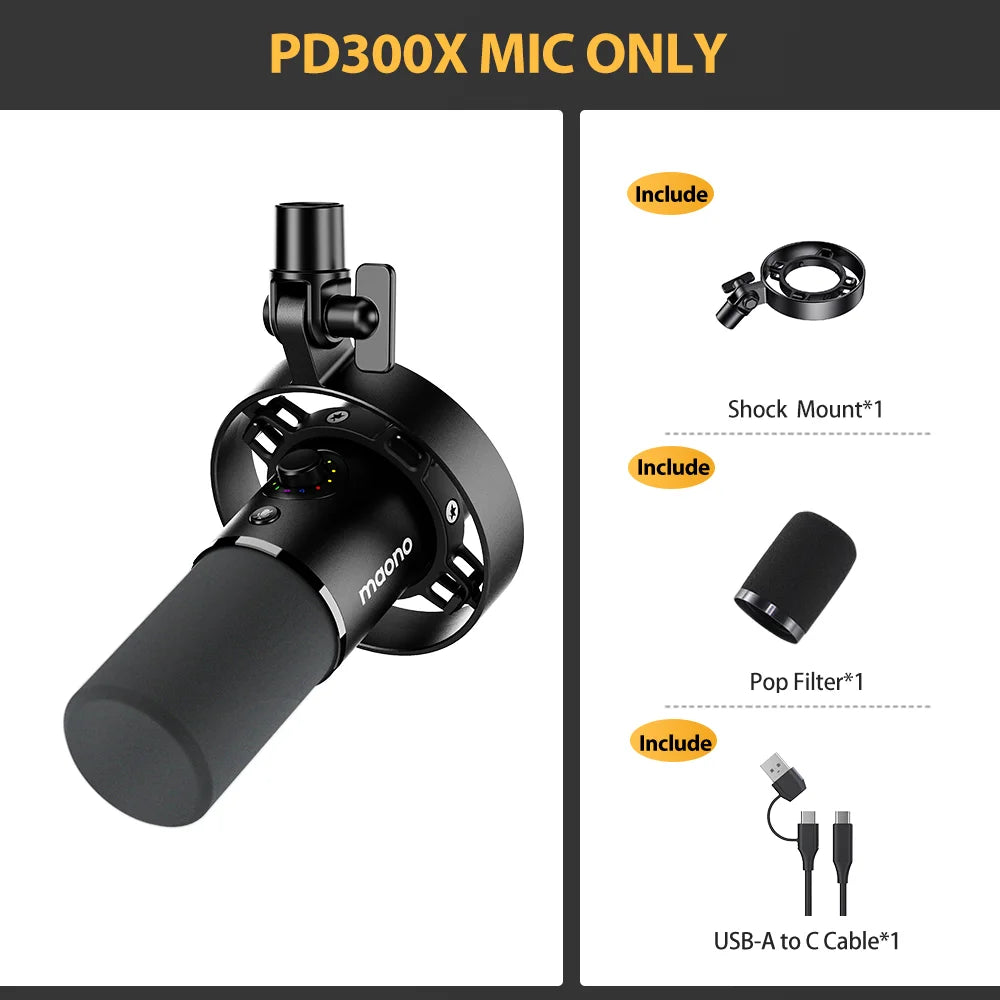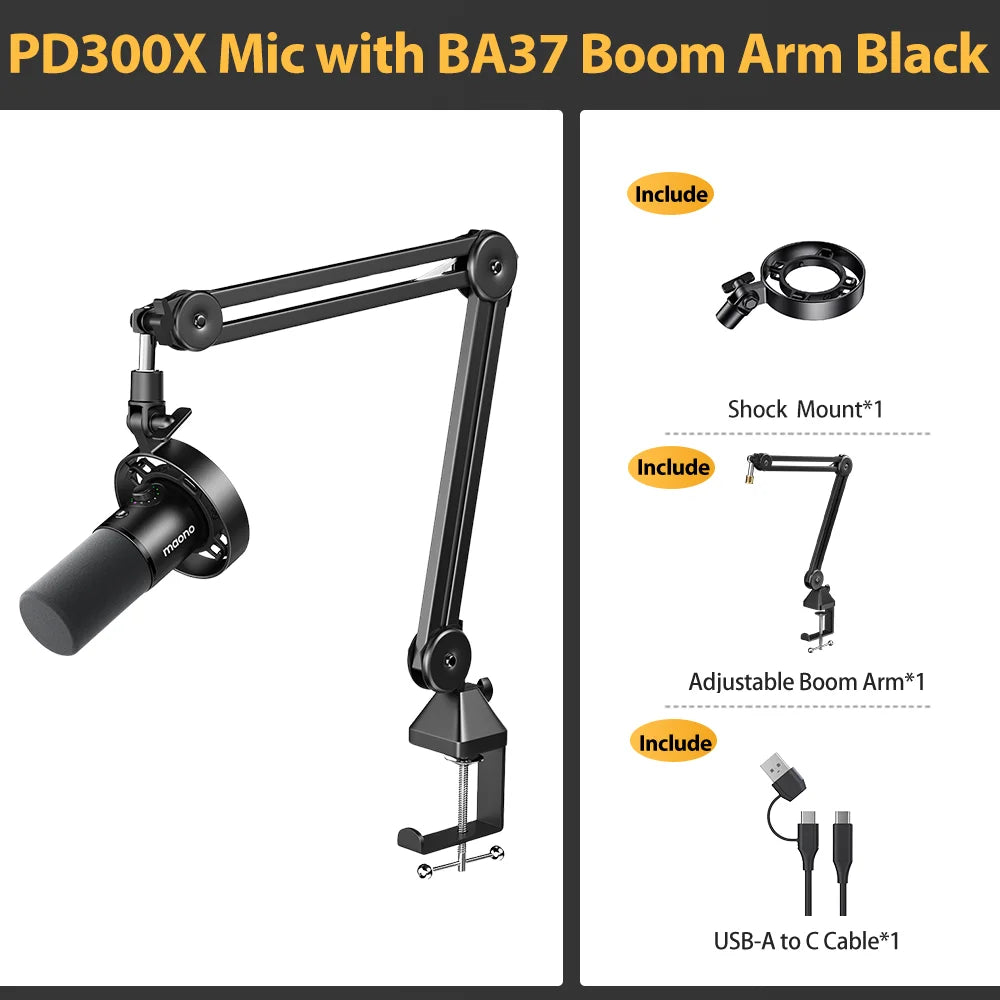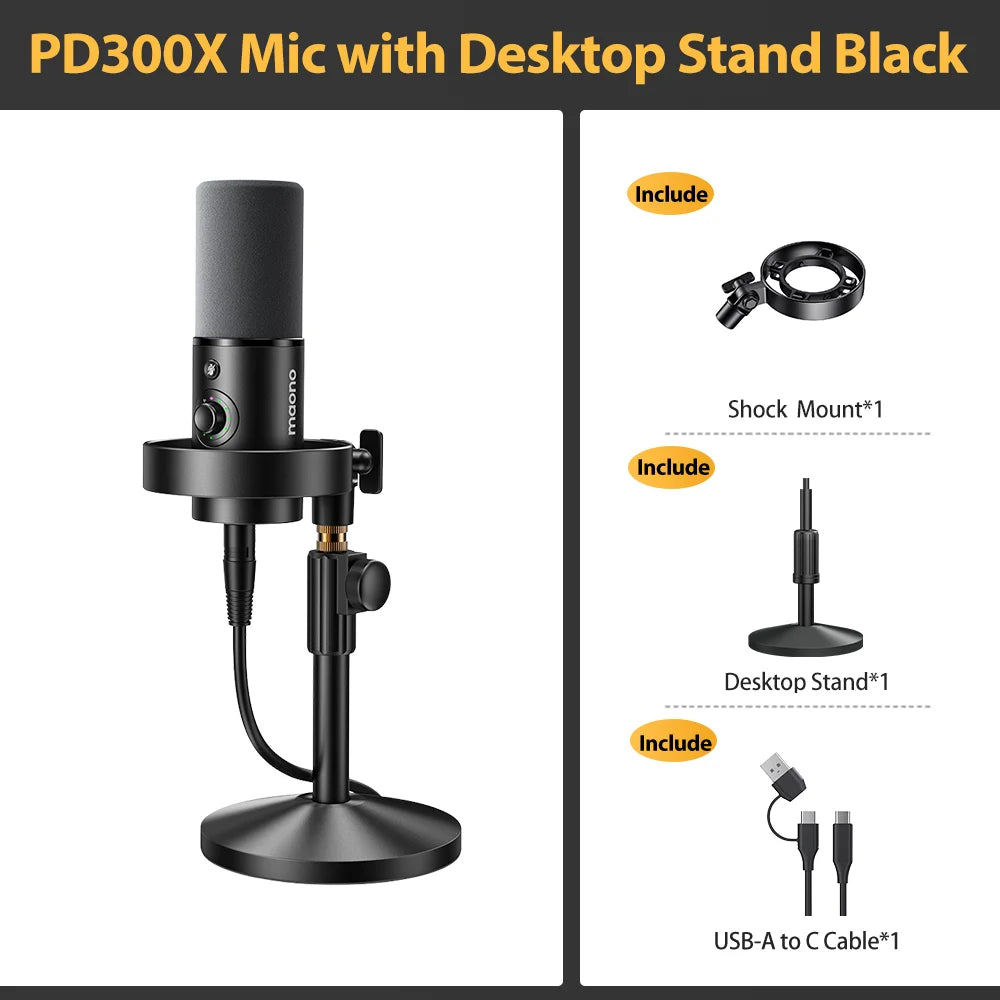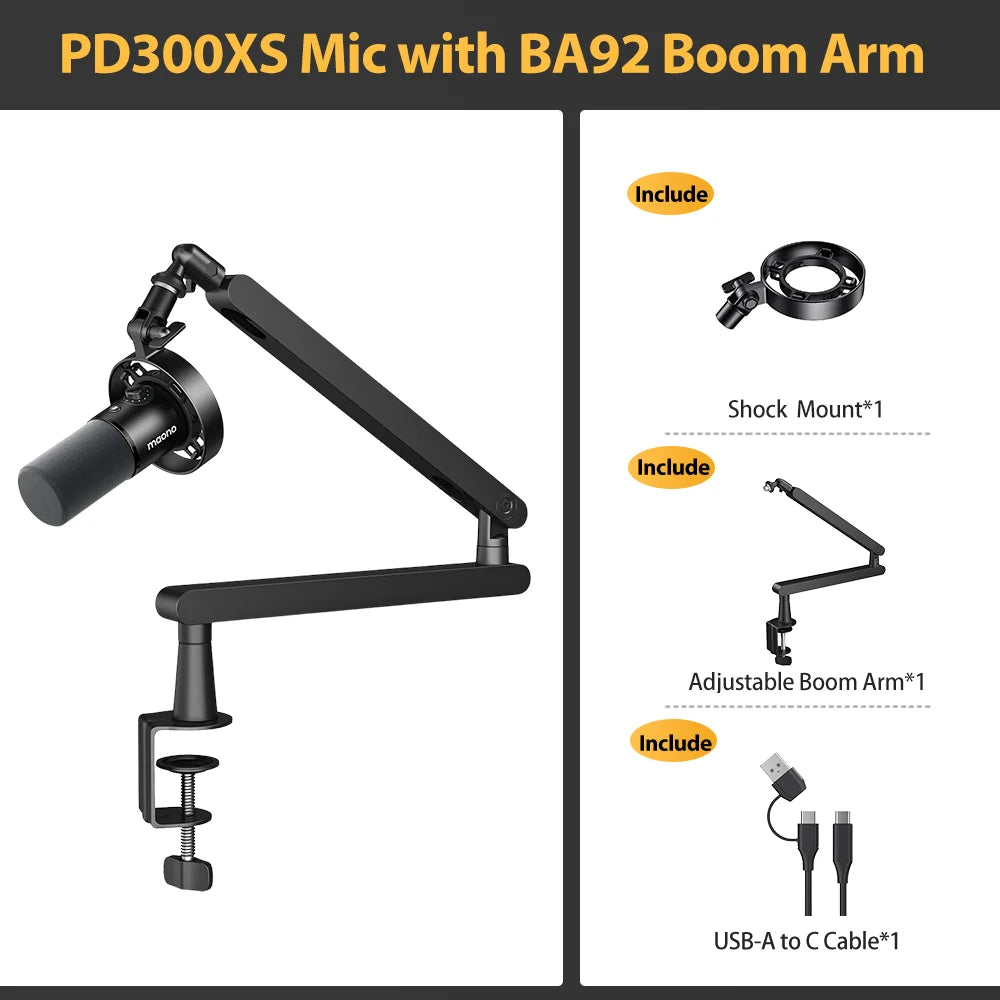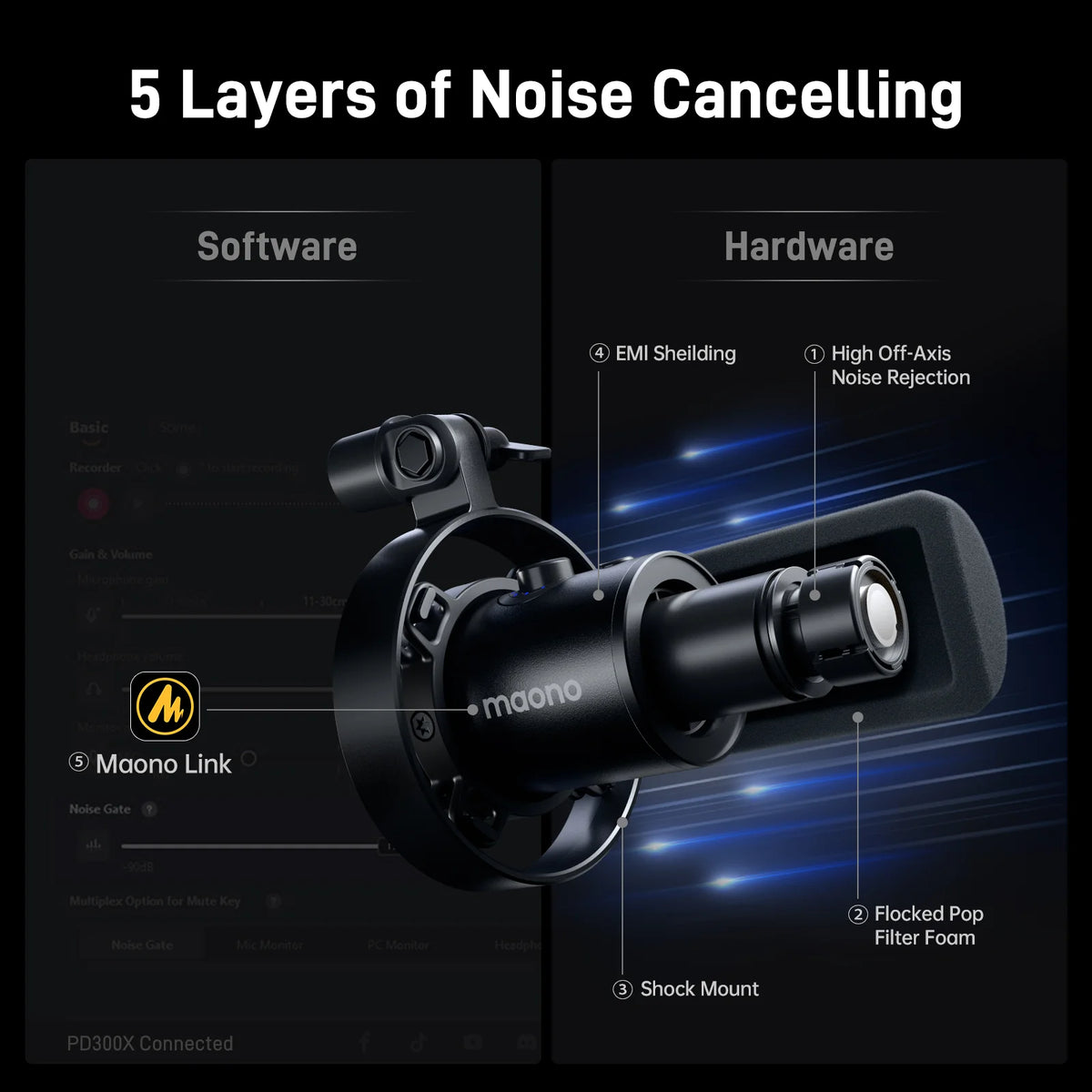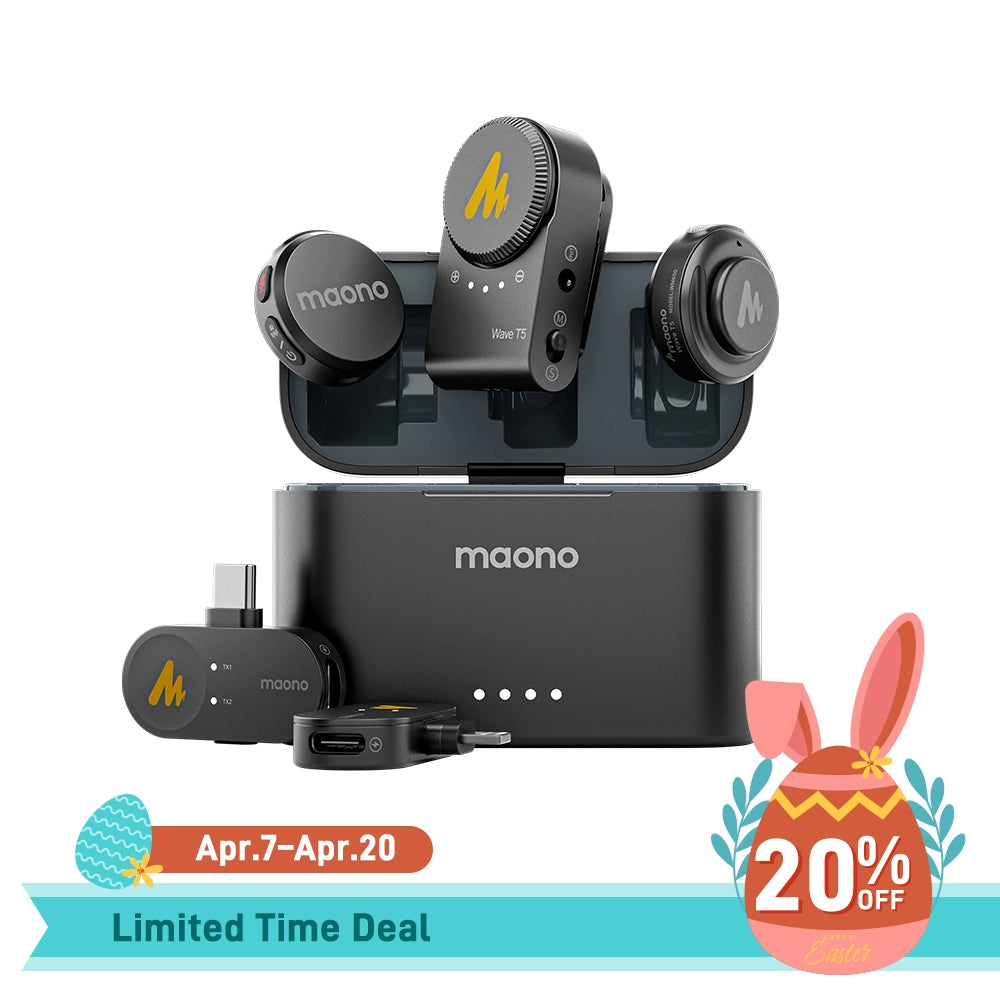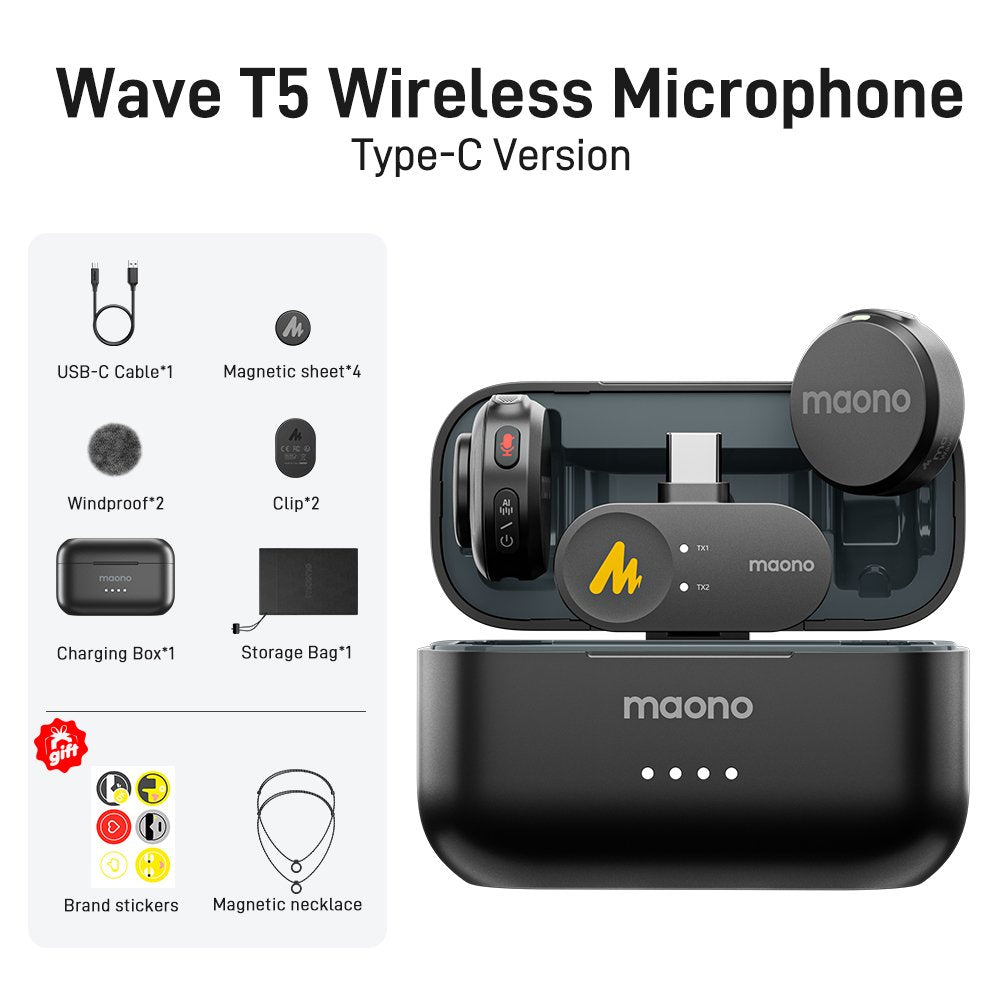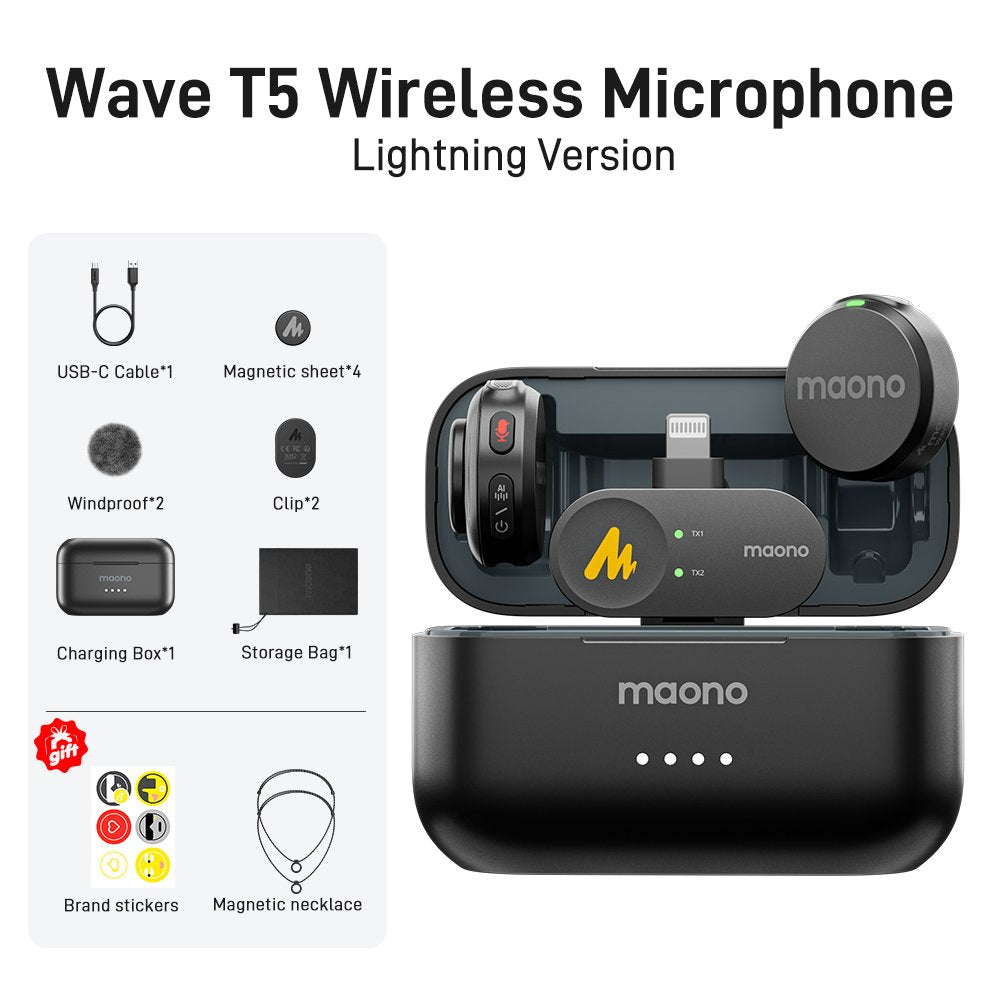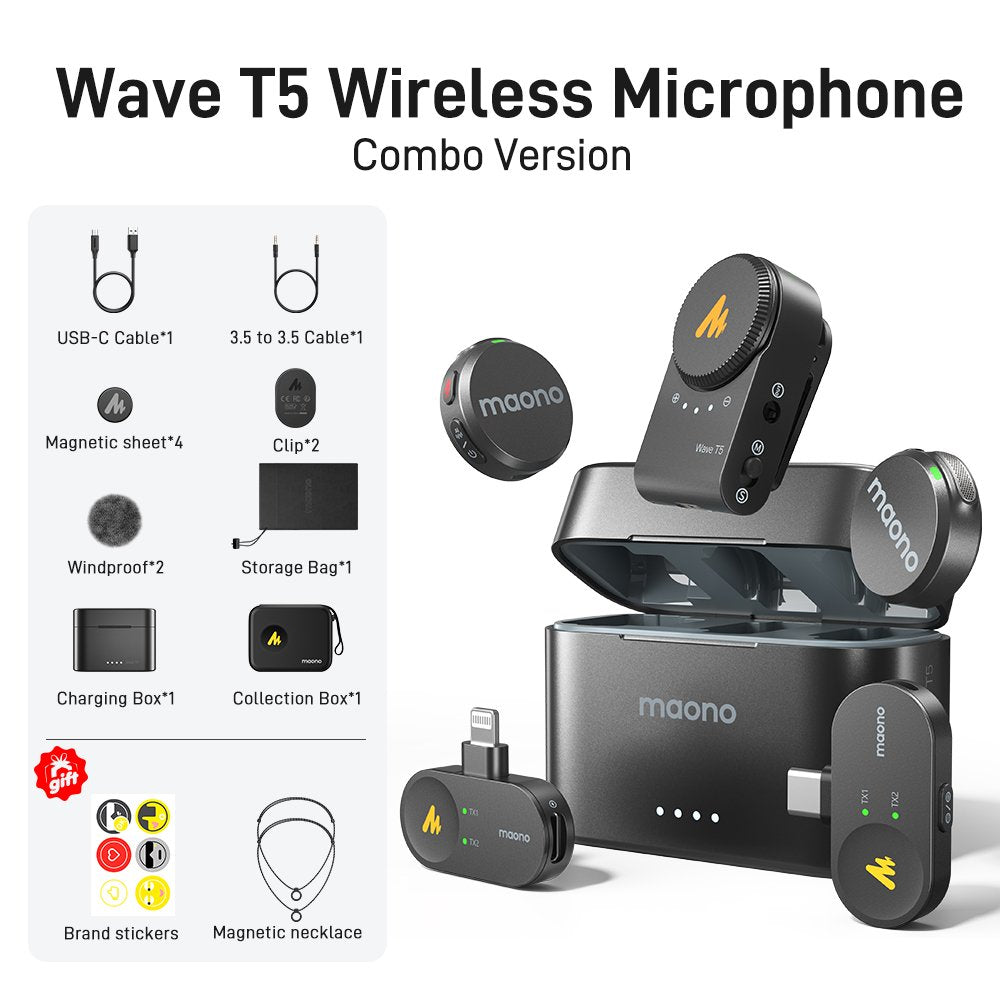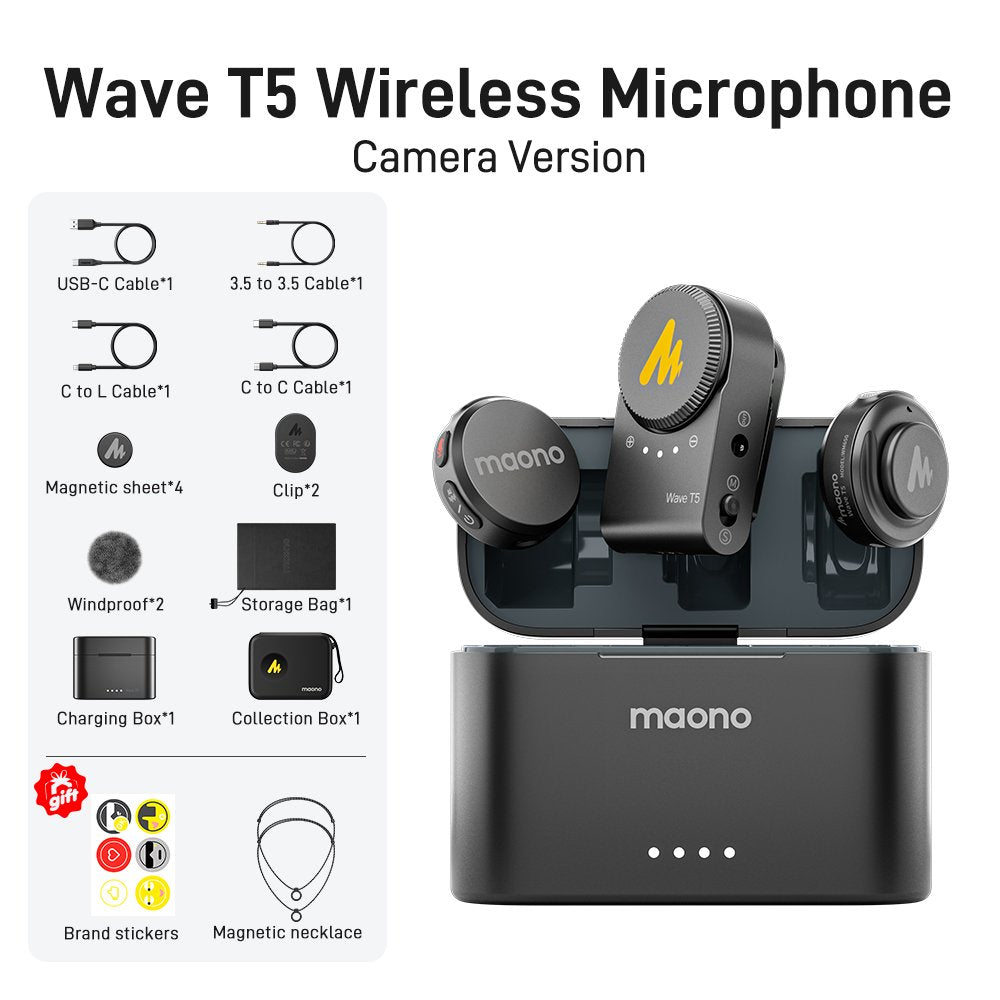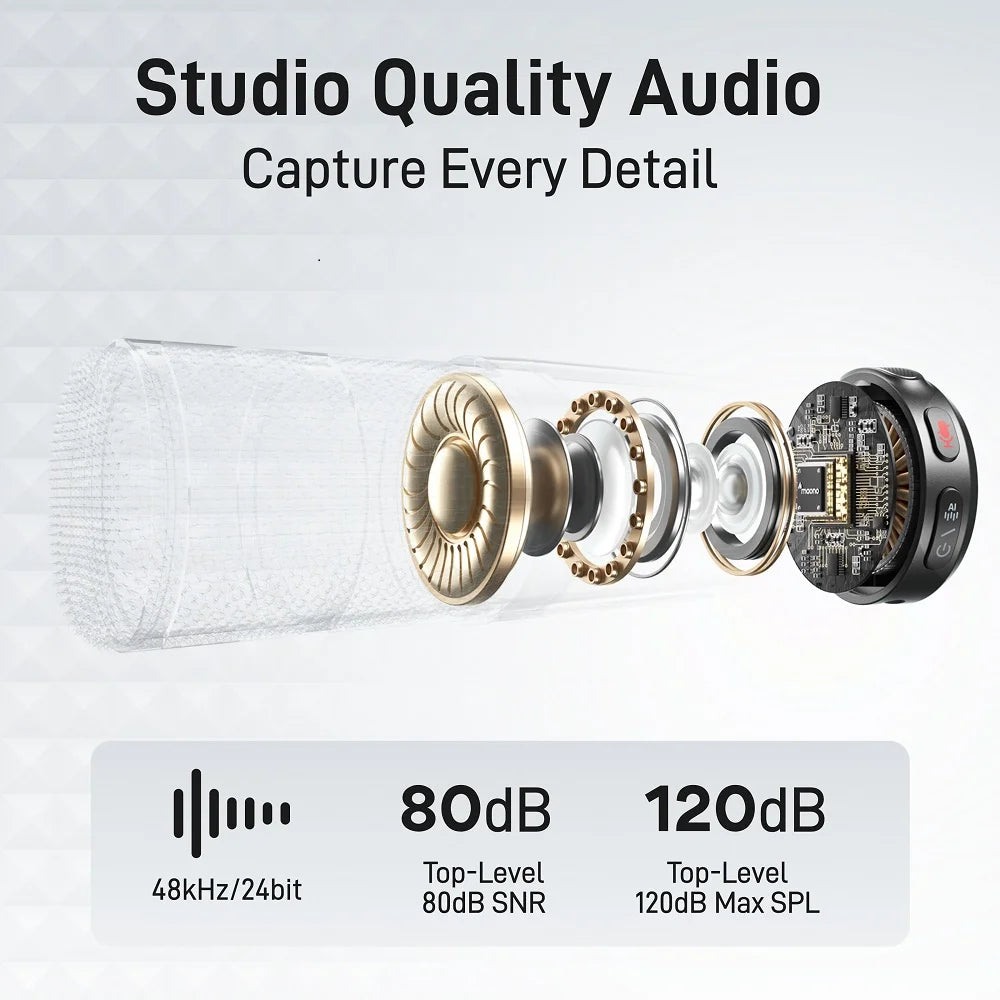We all have that one friend—or follow an influencer on social media—who posts every single dish they eat on Facebook or Instagram. These days, almost everyone wants to be a foodie, sharing content about new restaurants with exquisite and gastronomic cuisine. It’s amusing and often sparks curiosity in viewers. Hence, the rise of influencers who genuinely influence consumers' buying decisions and inspire them to try that trending dish already making waves on TikTok.
Introduction: Using Wireless Mics to Tell Better Food Stories
In a world where food is more than just a necessity—where it’s an art form, a lifestyle, and a social media trend—food vlogging has found its niche. And with smartphones getting smarter and cameras sharper, creating food content has never been more accessible. But even with crisp visuals, poor audio can ruin an otherwise mouthwatering food story.
That’s where wireless microphones, particularly lapel mic set options and a dual wireless microphone system, come in.
What's a Foodie?
A foodie isn’t just someone who likes to eat. It’s someone who appreciates the story behind the dish—the ingredients, the culture, the preparation, and the experience. Foodies turn simple meals into conversations and everyday bites into content. In today’s digital age, many foodies turn into food vloggers, documenting their dining journeys in restaurants, markets, and home kitchens.
But what separates a casual food video from a compelling food story? Great audio.
Whether you're filming slurps of ramen in Tokyo, sizzling street food in Bangkok, or sipping coffee in a Parisian café, clear audio captures the full sensory experience. A wireless microphone, especially a dual lav mic setup, helps food vloggers stay mobile, hands-free, and audibly engaging—even in noisy environments.
Gear Setup Tips for Solo Foodie Vloggers
If you’re a solo vlogger, efficiency is everything. You need gear that’s lightweight, reliable, and easy to use. Here’s a quick list to get started:
-
Smartphone or mirrorless camera
-
Compact tripod or selfie stick
-
Wireless microphone system
-
Clip-on ring light or LED panel
-
Editing app or software
Most importantly, invest in a high-quality lav mic set that pairs well with your recording device and includes backup options like a dual lapel mic.
Can I Use a Wireless Mic with My Smartphone or Do I Need a Camera?
You don’t need an expensive camera to vlog like a pro. Most wireless microphones are now compatible with smartphones, making it easier to film on the go. Look for mics with:
-
USB-C or Lightning adapters for Android/iPhones
-
Bluetooth connectivity or plug-and-play receivers
Some dual wireless microphone system tech, come with both TRS and TRRS cables, allowing you to switch between smartphone and camera setups seamlessly.
If you're filming with a DSLR or mirrorless camera, most wireless mic systems also include a 3.5mm TRS output that can plug directly into the camera's mic input.
What Mic Placement Works Best When I’m Eating and Talking?
Mic placement matters when you're trying to capture authentic chewing, sipping, and speaking sounds without distortion.
-
Lapel or lavalier mics clipped to your shirt collar or apron work best.
-
Place the mic around 6–8 inches from your mouth to avoid breathing noise or overblown audio.
-
Avoid placing it too close to utensils or plates to reduce clinking sounds.
A collar microphone wireless system gives you the freedom to move and eat naturally while maintaining crisp voice capture. If you're shooting with a guest, using a dual Lavalier microphone setup ensures you both get clear, consistent audio.
Which Wireless Microphone Is Best for Food Vlogging on the Go?
For food vloggers, you want something compact, unobtrusive, and dependable. Two standout options are the Maono Wave T5 and the Maono WM821.
Maono Wave T5

This tiny powerhouse is perfect for creators who need plug-and-play simplicity with professional-grade audio.
Features:
-
Compact clip-on transmitter with built-in mic
-
Dual-channel recording for interviews
- Playback without unplugging
- Charge while you record
-
Compatible with smartphones and cameras
Pair it with a dual lapel microphone for more control over voice recording when interviewing chefs or friends.
Whether you’re filming an impromptu street food scene or reviewing fine dining, the Maono Wave T5 ensures clean and clear audio even with ambient noise.
Maono WM821
The WM821 is designed for mobile content creators who want a balance of portability and performance.
Features:
-
Lightweight receiver with high compatibility
-
Omnidirectional mic for natural vocal tones
-
Long battery life (up to 20 hours with the charging case)
-
One-touch mute for quick adjustments
-
Built-in noise cancellation
This model can function as a dual wireless microphone system, making it an excellent choice for dynamic two-person shoots.
Whether you're looking for a Lapel microphone set or a Lavalier mic set, both the Wave T5 and WM821 are among the top recommendations for food content creators on the move.
With the Maono WM821, you can walk through bustling markets, sit in noisy cafés, or shoot in echoey kitchens and still capture crisp, professional-quality sound.
Both mics are among the best lapel microphone wireless options on the market, especially for creators on the move.
Check out this video from fellow Filipino food vloggers FoodieMommaPH and TheCHuiShow. They are both using Maono WM821 in this video while trying out delicious Halal food from the Muslim community:
How Do I Keep Audio Levels Balanced When I Go from Talking to Eating?
Transitions in food vlogs—from talking to tasting—can create awkward audio spikes or dips. Here’s how to manage levels:
-
Use a wireless mic with gain control to reduce loudness while speaking.
-
Monitor your recording through headphones (if possible).
-
Normalize audio during editing to maintain consistent levels.
-
Use a limiter filter in your audio editing software to prevent peaking.
Balanced audio helps the audience focus on your food narrative without distractions.
Handling Noise in Crowded Dining Environments
Restaurants and food stalls can be noisy with clattering dishes, background chatter, or live music. Here are some ways to deal with that:
-
Use mics with directional pickup or omnidirectional noise reduction
-
Record room tone first (ambient noise) and layer it during editing
-
Avoid sitting near kitchens or speakers
-
Choose tables near walls or corners to reduce echo
With a dual Lavalier microphone, you can isolate each speaker’s voice, minimizing environmental noise. A wireless mic with noise cancellation like the Maono WM821 can filter out environmental sound and highlight your voice.
What Audio Editing Tips Help Improve Noisy Restaurant Footage?
Post-production plays a huge role in audio quality. Here are a few essential tips:
-
Use noise reduction filters in tools like Audacity, Adobe Audition, or DaVinci Resolve
-
Apply equalization (EQ) to enhance vocal clarity
-
Use compression to smooth out volume fluctuations
-
Layer background music carefully to complement—not overpower—your voice
If you film in a really noisy environment, consider adding subtitles to ensure the message comes through clearly. Having recorded with a Lavalier microphone set, especially a dual lav mic, gives you cleaner audio tracks to work with from the start.
Are There Any Wireless Mics with Built-In Noise Cancellation?
Yes! Several wireless mics today come equipped with AI-powered or DSP-based noise cancellation. As mentioned:
-
The Maono WM821 has built-in noise reduction, great for capturing dialogue in noisy locations.
-
The Maono Wave T5 features high-fidelity digital transmission, reducing interference and delivering cleaner audio even in crowded spaces.
Both systems are perfect if you're shopping for a dual wireless microphone system that includes a reliable lapel microphone set or lavalier microphone set.
These options are also ideal if you're looking for the best wireless mic for phone setups, combining mobility with sound quality.
Conclusion
Food vlogging is more than just showing what you eat—it’s about sharing the entire sensory experience. And while visuals draw attention, audio brings the experience to life. From the sizzle of the grill to the crunch of that first bite, clear sound helps your audience savor every moment with you.
Using a wireless microphone lets you move freely, speak clearly, and capture content effortlessly. Whether you’re shooting on a smartphone or camera, at a food truck or fine dining spot, the right mic setup makes all the difference.
Investing in the right dual wireless microphone system doesn’t have to break the bank—but it can definitely elevate the production value of your content. Whether you’re using a dual lav mic setup to feature a friend or just capturing the crisp sound of your own commentary over a sizzling dish, audio matters more than ever in today’s content-driven platforms.
If you're serious about growing your food vlog on a budget, consider wireless mics like the Maono Wave T5 to a more versatile lapel microphone set and Maono WM821 for noisy street food scenes, there’s a wireless solution tailored to your unique vlogging style. They're compact, affordable, and designed for content creators who are always on the go.
With these tips and tools, your audio will sound just as delicious as your visuals look. So go ahead—tell your tastiest stories with confidence and clarity. Remember, the best food stories are the ones that sound as delicious as they look.


